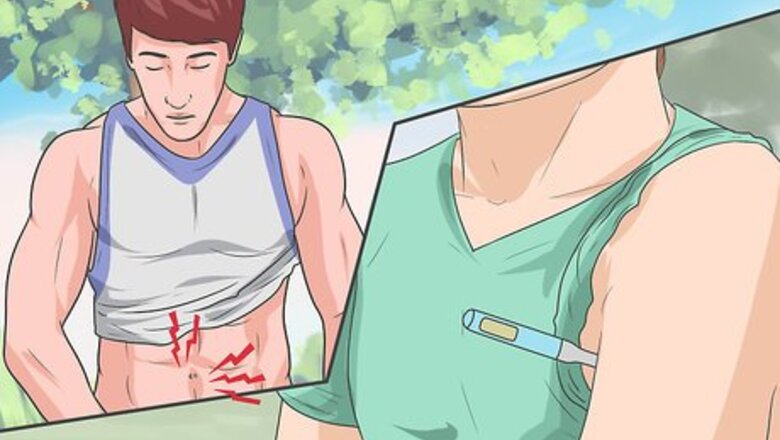
views
X
Trustworthy Source
Cleveland Clinic
Educational website from one of the world's leading hospitals
Go to source
Minimizing Discomfort and Rotation
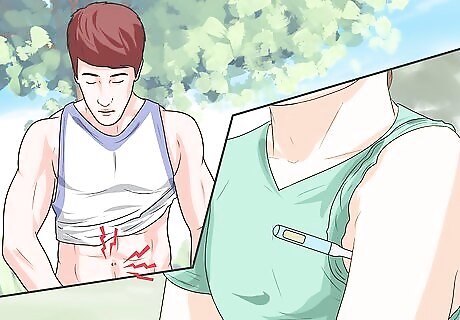
Identify symptoms of testicular torsion. You may have had testicular torsion in the past or this could be your first experience with it. Identifying the symptoms quickly and getting medical attention can help you minimize the risk of more harmful outcomes, such as loss of your testicle or fertility issues. The symptoms and signs of testicular torsion include: Sudden and severe pain in the scrotum Swelling of the scrotum Abdominal pain Nausea and vomiting Higher testicle position than normal Testicle positioning at an unusual angle Painful urination Fever
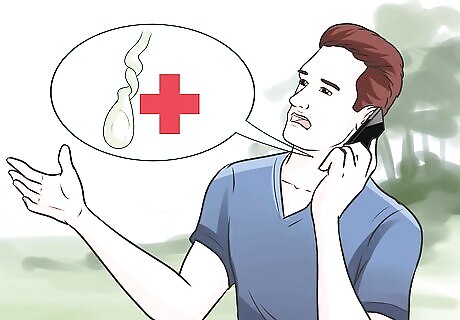
Call for help immediately. If you experience any of the signs of testicular torsion, it is absolutely vital to call for help as soon as possible because you have a 4 to 6 hour window before damage begins to occur. This can minimize your risk of losing your testicle or harming your ability to have children. Check to see if you or another person has cell phone reception. This can be a particular problem in the wilderness. Getting to the highest point visible may help you. If no one has phone reception, get to the nearest ranger station. Rangers often have satellite phones and medical equipment that may help comfort you while you wait for emergency medical personnel. Testicular torsion requires medical treatment and often surgery, so it’s vital that you contact medical personnel as soon as possible.
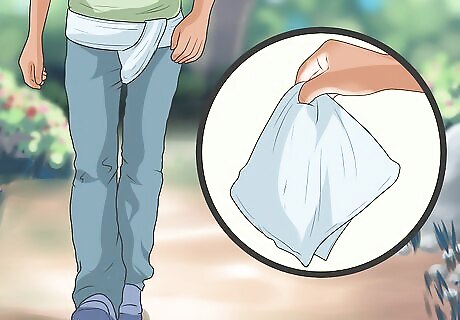
Secure the testicle. Testicles that are not secured to the inside of the scrotum can cause torsion. While you can’t correct this in the wilderness, you can wear an athletic supporter (or make a makeshift support with a towel or bandana) to support your testicles against your body until you can get out of the wilderness to minimize pain and the risk of your testicle(s) rotating further. Wrap a towel or other fabric around the affected testicle. You may need to secure this to your body in order to maintain stability. Keep the testicle secure and restrict your movements to alleviate some of the pain experienced when walking or sitting.
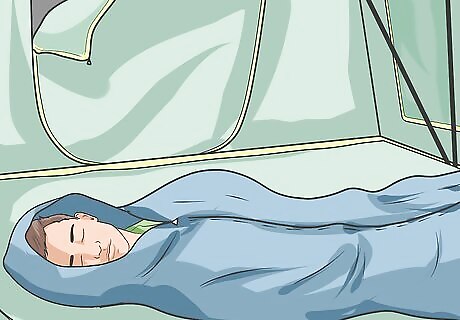
Rest as much as possible. While movement or vigorous activity do not cause testicular torsion (it can happen while sitting or even sleeping), excess moving may make the already painful condition more uncomfortable. Keep still when you can to minimize the risk of further rotating your scrotum or increasing the pain. Although resting and stillness may alleviate some discomfort, remember that you must reach a hospital within 6 hours to save the affected testicle. Get to a ranger’s station as fast as possible, only resting for a moment when necessary.
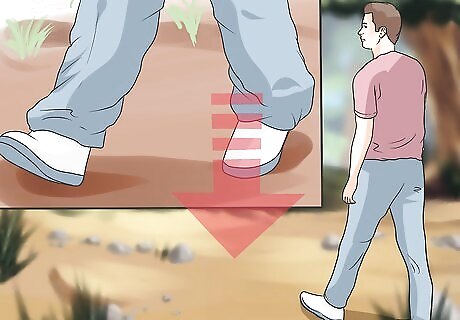
Decrease movement. If you have to move to get to a ranger station or more secure location, walk as slowly and smoothly as possible. This can minimize the possibility of further rotating your scrotum and may alleviate some discomfort. You may need to widen or adjust your gait to help with pain. Walk on ground that is as level as possible and take care with each step. If you are with others, ask them to support you while you walk.
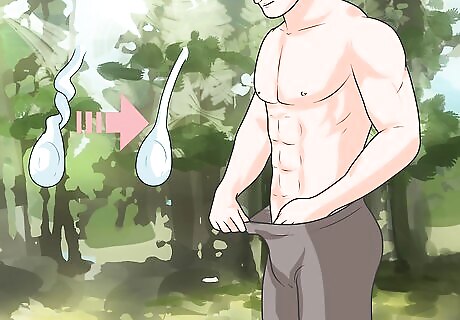
Attempt manual detorsion as a last resort. If you cannot get to a doctor quickly because you are in an especially remote area, consider trying to rotate your testicle back into its proper position. Be aware that this can be quite painful and doesn’t come without risks. It also does not mean you will not require surgery later. Only attempt this yourself if you’re in danger of passing the 6-hour window to save the testicle. Place your testicles in your hands as though you are holding a book. Turn your testicle from the midline of your body towards the outside, or from the medial to the lateral side. The motion is similar to opening a book. If manual detorsion is too painful or you experience symptoms such as vomiting or fainting, discontinue the procedure immediately. Manual detorsion doesn’t replace getting proper medical attention. Successful detorsion is marked by reduction in pain and lower position of the testes in the scrotum.
Preventing Testicular Torsion

Acknowledge your risk. Knowing your relative risk for experiencing testicular torsion may help prevent it. Although in some cases there is no clear cause or risk for testicular torsion, the following factors may make your more likely to have testicular torsion: Age; torsion is most common in babies under 1 year old and at the onset of puberty. Defects to the connective tissue in the scrotum. Injury to the scrotum resulting in lots of swelling. Prior cases of torsion.
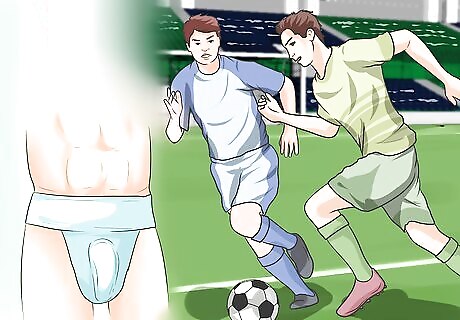
Protect your testicles. Torsion can often occur following a minor injury or even during sleep. Protecting your testicles with athletic cups or more supportive underwear may help minimize your risk for torsion. Wear an athletic cup whenever you play contact sports such as football or soccer. Wear either briefs or boxer-briefs to help support your testicles and minimize the risk of your testicles rotating and to support your scrotum in the case of injury. Wear underwear while you sleep.
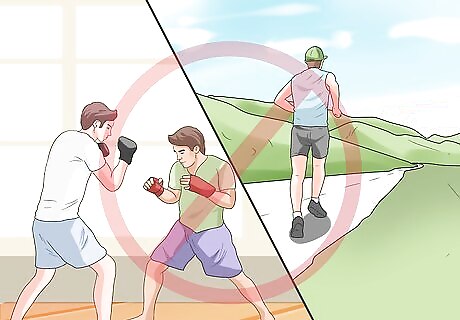
Avoid overly vigorous activity. Extreme exercise or other activities that are especially vigorous can cause testicular torsion. Stay away from any activity that may move your testicles in a manner that could promote torsion or trauma. Torsion from strenuous activity often does not occur until several hours have passed. If you are a runner or play sports that involve a lot of running, consider wearing more supportive undergarments to minimize your risk. Be aware that general physical activity will not cause torsion, as it can occur when you are sitting, standing, sleeping, or doing exercise. In fact, a typical presentation of torsion is to be awoken in the early morning or at night with scrotal pain.
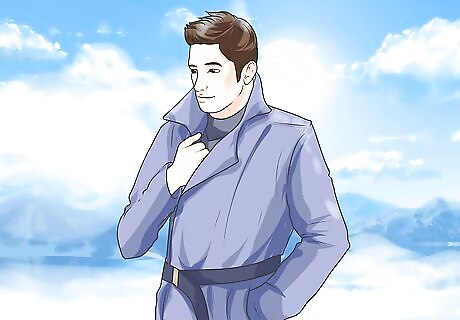
Maintain your regular body temperature. Cold temperatures may exacerbate your risk for testicular torsion. Keeping your body—and testicles—at their normal temperature may help minimize your risk for developing the condition. Try not to sit on cold surfaces, especially during the winter. You might want to avoid surfaces that don’t conduct much heat, such as rocks or stones. If you are out in the wilderness during the winter, make sure to wear proper clothing to keep your testicles from getting cold. Wear thermal pants and supportive underwear that keep your testicles close to your body.
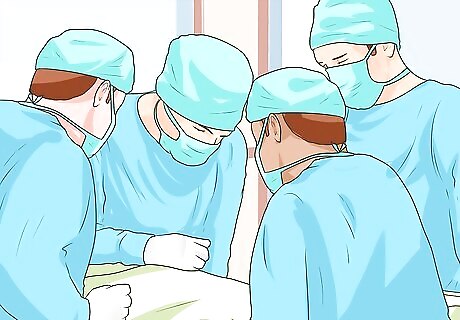
Undergo attachment surgery. In many cases, surgery can prevent testicular torsion. Discuss this option with your doctor if you know you are at risk or have experienced testicular torsion in the past. The surgical procedure, which requires staying in the hospital, will attach both sides of your testicles to the inside of the scrotum. See a urologist, who is a specialist for male genitalia, to discuss your options.


















Comments
0 comment